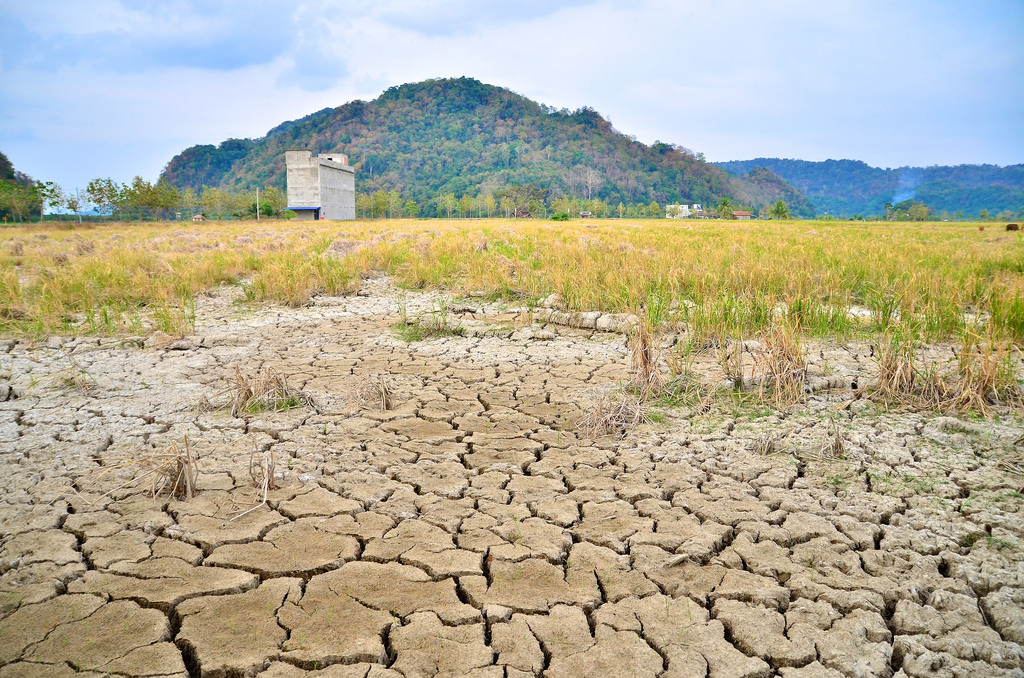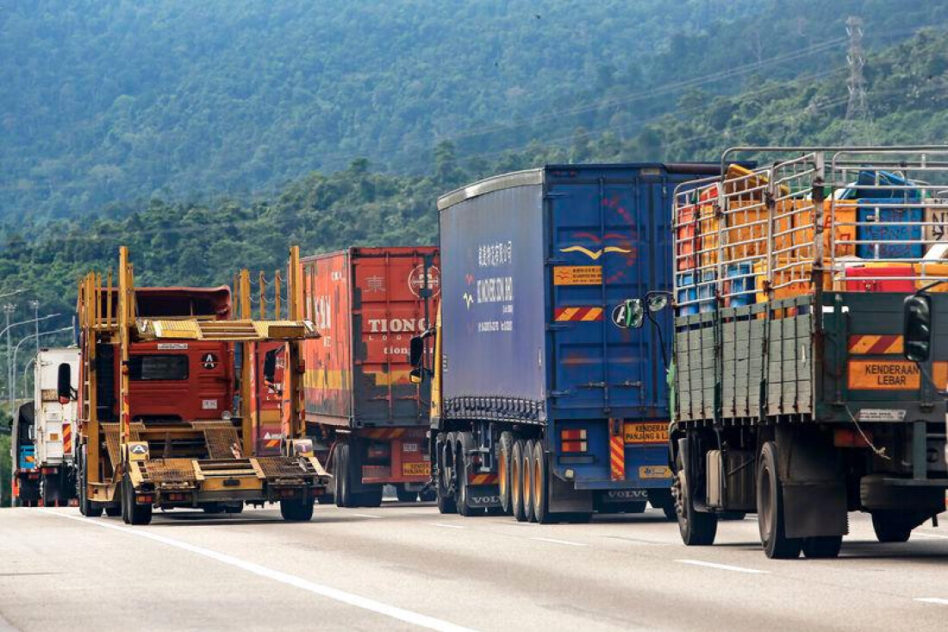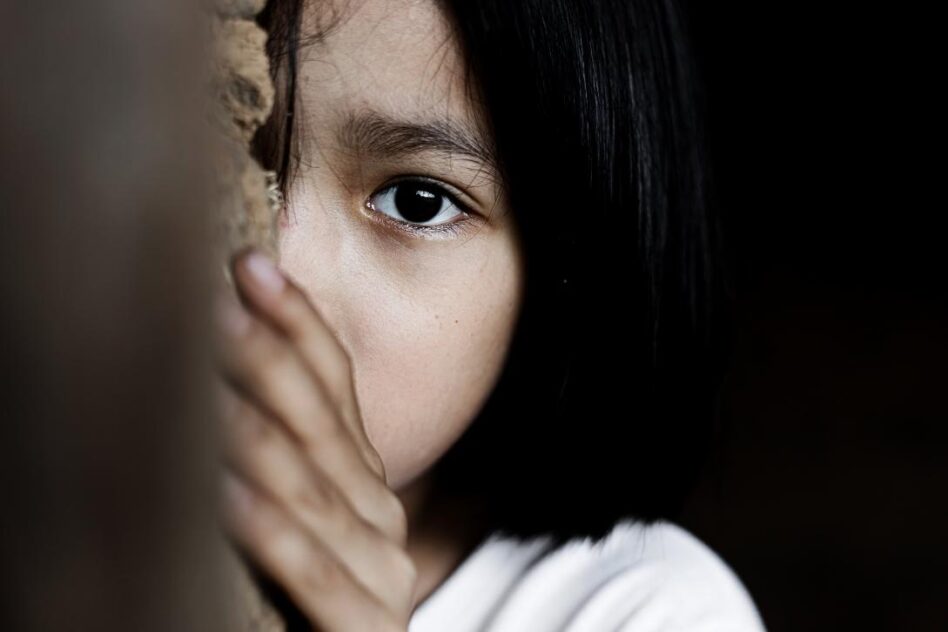Letter to Editor
THE impact of climate change is most noticeable among Malaysia’s vulnerable groups, especially in rural and coastal locations where environmental concerns and poverty coexist.
In areas like Kelantan and Pahang, unpredictable rainfall patterns and increasingly severe floods impact agriculture and livelihoods, making matters worse for Malaysia’s economically disadvantaged citizens.
Experts stress that Malaysia must step up its climate adaptation plans to prevent social disparity from getting worse.
The country might also take inspiration from other countries that have effectively lessened the negative impacts of climate change on the impoverished.
Climate change makes poverty in at-risk areas worse
The negative climatic impacts are especially damaging to Malaysia’s Bottom 40% (B40) income level.
Communities in Sabah, Sarawak, and the East Coast that depend on agriculture and fisheries are particularly susceptible to climatic shocks, according to a 2023 study from the Department of Statistics Malaysia (DOSM).
In this area, unpredictable monsoon patterns frequently cause flooding and drought, compromising food security, fish catches, and rice yields.
In addition to adding to the already tight resources, this starts a vicious cycle in which environmental instability feeds economic suffering.
According to Dr Nur Adilah, an environmental economist at Universiti Kebangsaan Malaysia, these difficulties frequently push families to relocate to cities that lack the infrastructure necessary to handle such a large influx. This leads to urban overcrowding and an increase in poverty in informal settlements.
Gaining knowledge from Bangladesh and the Netherlands
In this regard, Bangladesh and the Netherlands might serve as models for Malaysia to enhance climate shock resistance.
Bangladesh, a country that experiences frequent floods, has put in place community-led early warning systems, raised shelters, and floating gardens to lessen flood-related losses and provide residents with the ability to manage resources efficiently.
To manage floods, the Netherlands has employed massive engineering projects like the Delta Works, a vast system of dams, sluices, and storm surge barriers.
Although Malaysia and the Netherlands have different coastal difficulties, low-lying areas may be less vulnerable to flooding if comparable remedies are implemented.
Bangladesh and the Netherlands have a long-term outlook on climate risk management by prioritising sustainable infrastructure and community involvement.
Climate policy analyst Dr Shahrul Hisham points out that Malaysia has historically responded to climate change with short-term, relief-focused approaches rather than long-term, community-based approaches that address vulnerabilities.
Strengthening resilience
Given this, Malaysia might use a multifaceted strategy that includes improved community involvement, sustainable resource management, and infrastructure investment to guarantee fair and efficient climate adaptation.
Improved flood control infrastructure, such as drainage systems and barriers, would protect infrastructure and economically disadvantaged populations from being uprooted again.
Diversifying rural livelihoods, such as encouraging ecotourism or aquaculture, is another crucial step in lowering reliance on fishing and agriculture, both of which are extremely climate sensitive.
This would provide rural populations with access to alternate sources of income without forcing them to move to congested metropolises.
Rural resilience may be further enhanced by making decentralised renewable energy accessible. Solar power or mini-hydro solutions help with water pumping, storage, and other crucial agricultural equipment in the event of climatic disturbances, providing some revenue security.
Malaysia might take a cue from India’s success with solar-powered irrigation systems, which maintain agricultural output despite drought.
Additionally, community-level climate knowledge and training are crucial. Malaysia might model itself after Bangladesh’s community-led warning systems by equipping citizens with disaster preparedness and fundamental adaptation techniques.
For Malaysia’s most disadvantaged households, financial safety nets are also essential.
The long-term socioeconomic effects of climatic shocks would be lessened with accelerated recovery from such catastrophes made possible by emergency funding, subsidised crop insurance, and targeted financial aid for those at risk of flooding.
Developing a cohesive national approach
Although the National Climate Change Adaptation Plan provides a framework, agencies and regions frequently do not coordinate its execution.
A Climate Adaptation Fund might facilitate financing in underdeveloped areas, giving vulnerable populations steady assistance.
Malaysia will gain from enhancing data collection to make its framework for climate adaptation inclusive and data-driven.
Like Japan’s extensive climate data systems, Malaysia could more precisely track the geographical distribution of poverty and vulnerability using a comprehensive climate impact database.
As a result, resources might be allocated more precisely, prioritising places that require the most assistance.
Bringing policy and practice together
The prime minister recently reaffirmed the government’s pledge to assist areas in danger from climate change, but environmentalists contend that legislation is insufficient.
Government and community cooperation and increased public knowledge are necessary for effective adaptation.
According to Dr Shahrul Hisham, “Bridging the gap between policy and practice” is crucial, and actively involving communities in resilience-building can have a noticeable impact.
Malaysia can manage environmental issues while lowering social inequality by including a coherent adaptation plan and learning from global best practices.
Malaysia can guarantee its vulnerable communities a more resilient and sustainable future by implementing a proactive, inclusive climate policy. — June 1, 2025
Datin Sri Prof Dr Suhaiza Hanim Dato Mohamad Zailani is the Director of the Ungku Aziz Centre for Development Studies, Universiti Malaya.
The views expressed are solely of the author and do not necessarily reflect those of Focus Malaysia.
Main image: Heinrich Boll Stiftung









